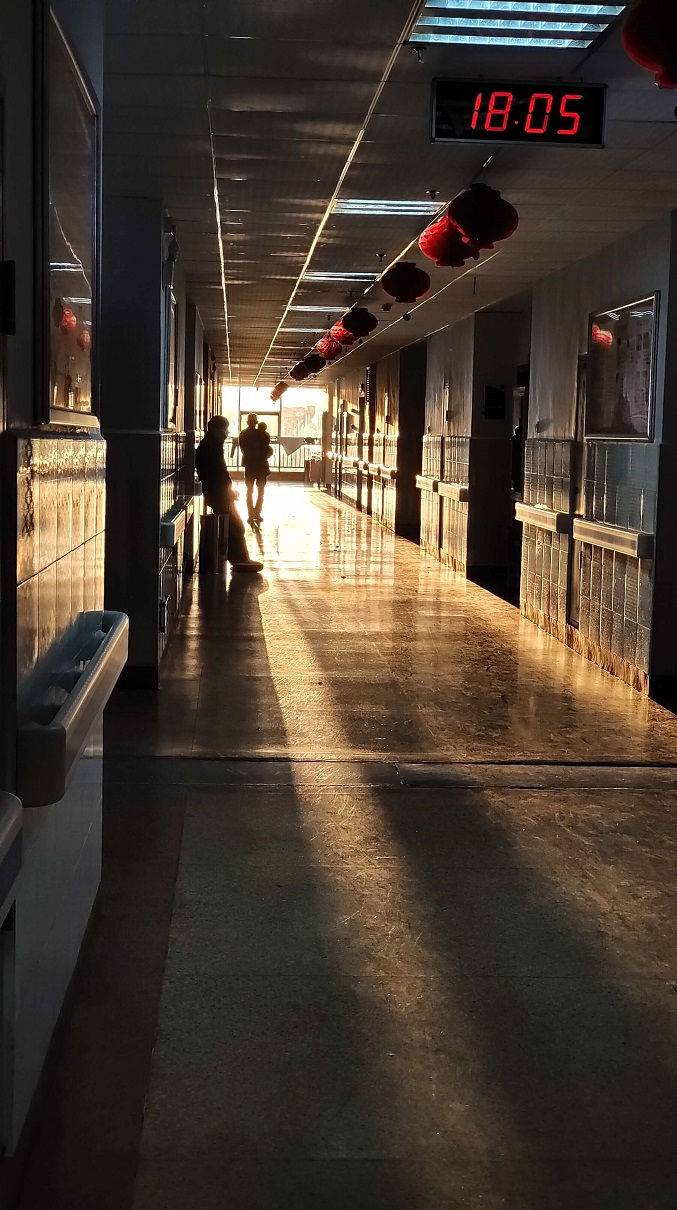Why we made the heart-wrenching decision to send our child to “RAD boarding school"
- Kathleen Johnson
- Jun 30, 2020
- 4 min read
Updated: Mar 2, 2021

Before my husband and I adopted an 8-year-old child, we did extensive research. We
learned about her birth country and common struggles with adopting an older child. We found strategies to help with difficult transitions into a new family, culture, language and country.
Of course, we hadn’t fathomed to also search, “reactive attachment disorder boarding schools” at that time. We figured that, with a lot of love and support, we’d raise her just as we had our other children—that it'd alI turn out fine.
We wouldn’t have learned much from the search “reactive attachment disorder boarding school” anyhow—except that such institutions don’t technically exist. Rather, they’re often referred to as therapeutic boarding schools and rarely focus on reactive attachment disorder alone.
No, we wouldn’t have found the answers we really needed online. To navigate without help and knowledge of reactive attachment disorder is nearly impossible. We didn’t even know the right terms to search back then.
Because of everything we went through with our daughter, we now know the following through first-hand experience:
1. A boarding school doesn’t “heal” or “cure” reactive attachment disorder.
2. Even so, we made the best decision we could at the time by sending our daughter to a therapeutic boarding school.
3. The very best solution would have been to get the right diagnosis, resources and help for our daughter the day she entered our home. Sadly, we were not given that opportunity. Neither are millions of other families worldwide.
Here’s how our journey unfolded—
When our daughter entered our home, we quickly recognized behaviors that seemed to make sense for a child undergoing major transitions. They also made sense given her troubling early childhood experiences.
Our daughter struggled immensely with family relationships and in our home. She pushed us away with cutting words or acted out physically. When she was with people outside our family, however, our daughter was shy and sweet and extremely well-behaved. A bright girl, she did well in school.
We were relieved to see that, no matter how much our daughter lashed out within our family, she could at least do well away from us. At the time, we didn’t know that was a red flag.
With our brains full of information and our hearts full of love, my husband and I stayed the course. We used all the strategies we had learned from our prior research. It would get better, we kept saying.
But we didn’t know she suffers from the serious condition called reactive attachment disorder. Her traumatic experiences during the first few years of life left her with far more than mere struggles she’d overcome with time or love.
I wish for us and for our daughter that we had known the reality of what she was dealing with at that time. With the right diagnosis and knowledge early on, we would’ve changed our course dramatically. The earlier a child with reactive attachment disorder gets the right help, the higher the chances of true healing.
Although we sought countless therapies and therapists for our daughter, none helped—they weren’t focused on what she really needed. But we didn’t know what we didn’t know then. We just survived and did our best.
Meanwhile, our daughter’s behaviors had grown progressively more difficult and destructive for our daughter and entire family.
A little over two years after our daughter joined our family, I realized she had become alarmingly thin. She had hidden her shrinking frame under baggy clothes for months.
I took our daughter to the leading hospital for children in our state to see how they could help her. This was the beginning of nearly three years of a vicious cycle of hospital to home to hospital to residential treatment centers.

Each time our daughter returned home, she would immediately sabotage any “progress” she had made. She had learned that restricting her food intake helped her to get away from the place her disorder struggled the most—in our family.
A healthy family, with all of its love and nurturance, is exactly what terrifies a child with reactive attachment disorder most. Our very existence drove our daughter to potentially cause irreparable damage to her body.
And so the hospital cycle continued. With each admission, our daughter’s stay lengthened. It looked as if this cycle would never end.
At the same time, the rest of us had been pushed to the edge. Each of our family members were experiencing significant trauma. Every time our daughter returned home, the intensity and chaos increased.
My husband and I got to the point that we needed to figure out how to truly protect everyone. It was time to break this vicious cycle that absolutely destroyed all of us.
It was then that we sought a therapeutic boarding school for our daughter.
The decision to send one’s child to a boarding school is extremely difficult. Yet, it can be the only option left for families like ours to save themselves from further trauma. To find mental health providers who have a true knowledge of reactive attachment disorder and how to help is extremely difficult.
The cure-all “reactive attachment disorder boarding school” just doesn’t exist, sadly. Our daughter hasn’t authentically connected with anyone at her boarding school—and that is the very reason she feels safe there. To avoid attachment at all costs is the essence of her disorder.
But our daughter is the most stable we’ve seen her. And everyone in the family is safe now. Although our daughter will likely struggle with close relationships throughout her lifetime, the boarding school has given her a chance for other successes—physical health, to thrive academically and, ultimately, a chance to grow into an independent adult.
There are no right or wrong decisions while raising a child with reactive attachment disorder. For us, ours was simply the only choice.
Meanwhile, we continue to fight for the support, resources and education that can make a difference for other children with reactive attachment disorder and their families—those who still have time.




Comments